Hello all,
**My Problem**
I'm interested in using UE5 to simulate how light would bounce off of an array of mirrors.
I immediately hopped in and started making reflective materials, only to find that while materials don't truly "reflect" things, as in, this reflection isn't produced by bouncing rays, but only by using camera views to map what that camera sees onto the object's texture (Ex. SSR).
After a while that neither varying the kind of light (direct or spot), its type (static or moveable), and its material, I still was unable to produce a set up where a reflective material bounces a beam of light off of itself.
**My Setup**
I basically have a slightly reflective wall and floor, with a mirror between them, and direct light coming down towards the mirror at a slight angle from above.
- The mirror is circled in red
- I've placed an emissive sphere where the light beam should be landing.
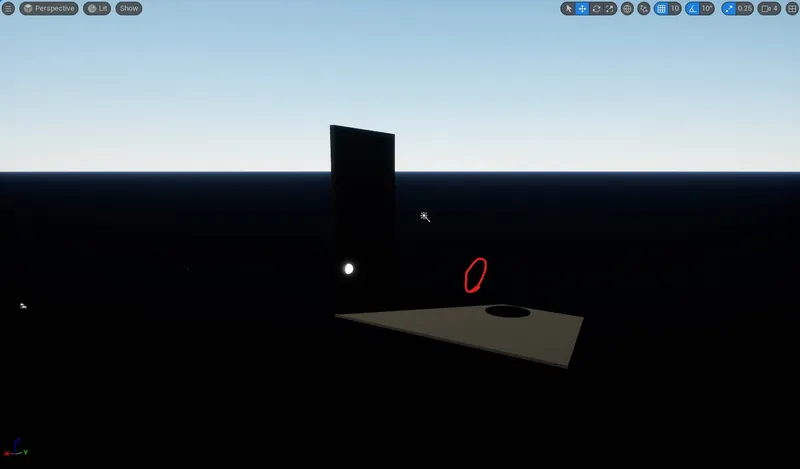
- The light source does properly appear in the mirror's "reflection".
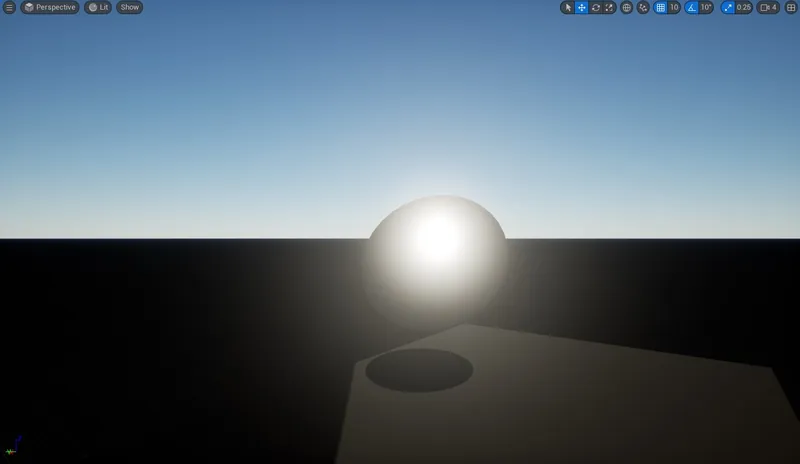
- Here is the path the light beam should be taking
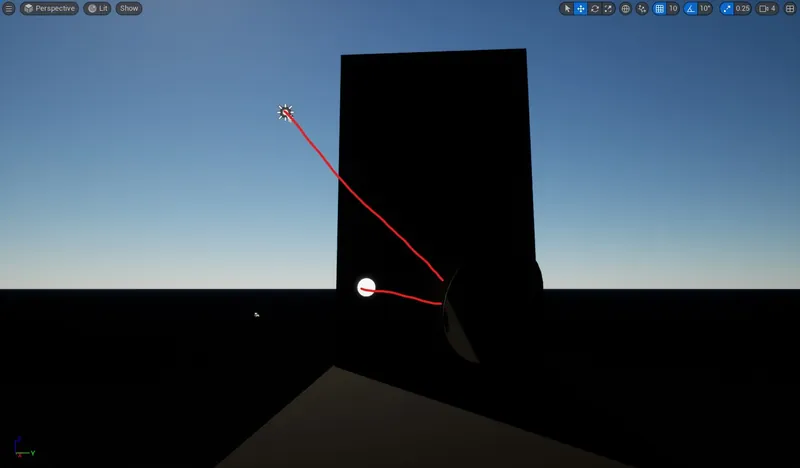
- Here is what my project looks like in pre-view (it doesn't change when I start)
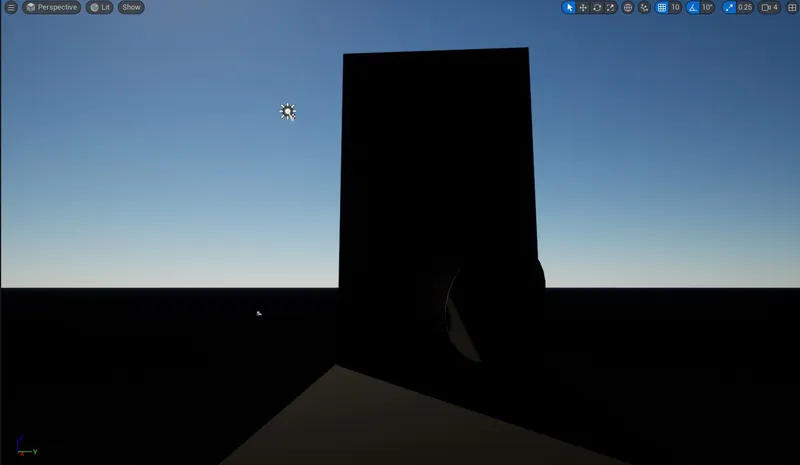
- This is the material I'm using for the mirror
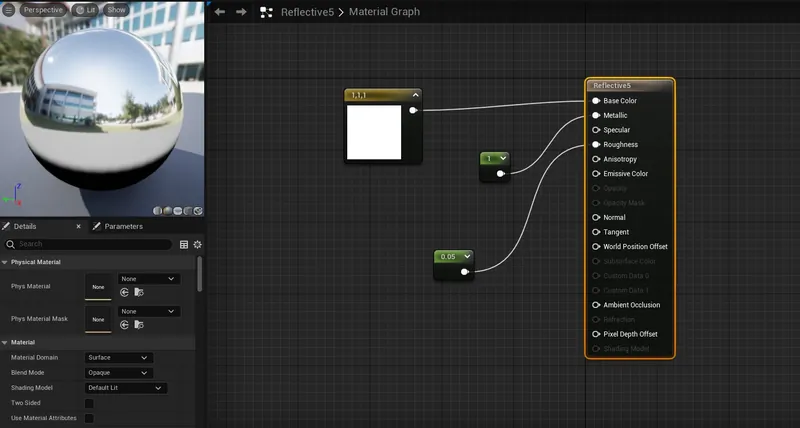
**My Questions**
- How could I go about bouncing the beam off of the mirror onto the wall by only using the rays produced from the direct light?
- Is there a name for what I'm trying to create that I'm just completely oblivious to? I'm new to lighting and game engines.
- If implementing this functionality in UE5 would be cumbersome, are there any engines that automatically come with light bouncing mirrors?
- If this exists, is it a feature only in the Architectural pre-built projects they offer you on start up?
Thank you!!!







